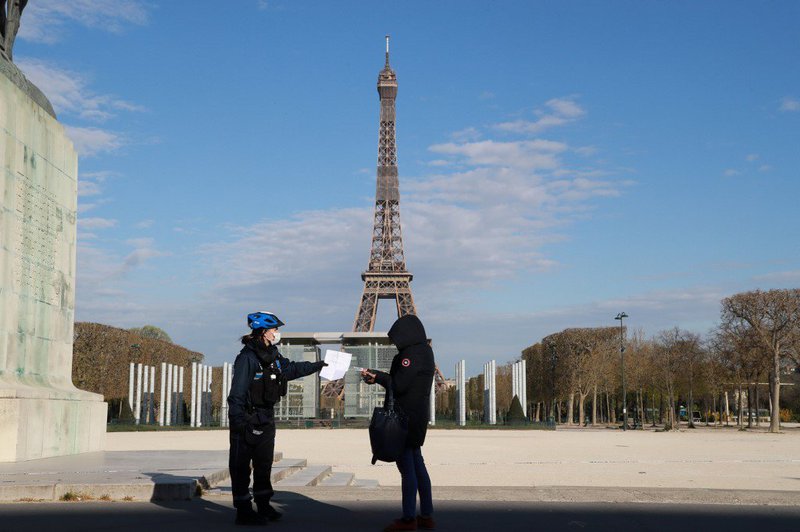Lift lockdown gradually to avert COVID-19 'second wave': experts
Updated | By AFP
Lockdown measures in China must be lifted gradually in order to prevent a "second wave" of COVID-19 infections, scientists warned Thursday as thousands in the outbreak city of Wuhan were finally allowed to travel.

The strict social distancing measures, including a near 1l-week travel ban, appear to have paid off, and life is slowly getting back to normal in the megacity, even as the virus devastates Europe and the United States.
The restrictions enabled Chinese authorities to get a handle on the virus, which during its peak infected thousands of people daily in Hubei province, where Wuhan is situated.
Scientists in Hong Kong said that regions outside Hubei would need to gradually lift social distancing measures or risk the epidemic surging back.
They analysed the number of confirmed COVID-19 cases in four Chinese cities -- Beijing, Shanghai, Shenzhen and Wenzhou -- between mid-January and the end of February.
The team found that measures such as closing businesses and schools and severely restricting travel successfully reduced the virus' reproduction rate to under 1 -- that is, each infected person infected only one other on average.
This is a significant improvement on the transmissibility rate at the start of the outbreak, roughly 2-3, enough to spread the disease exponentially.
Models showed that lifting the measures prematurely would lead to new infections approaching levels seen at the peak of the first outbreak wave.
The researchers also found that COVID-19 cases were deadly in less than 1 percent of cases outside of Hubei.
Inside the hardest-hit province, however, mortality stood at 5.91 percent as Hubei's health systems became overwhelmed, the analysis showed.
"While these control measures appear to have reduced the number of infections to very low levels, without herd immunity against COVID-19, cases could easily resurge as businesses, factory operations, and schools gradually resume and increase social mixing," said Joseph Wu from the University of Hong Kong who co-led the research.
- Varying death rates -
Wu, a world-renowned expert in infectious diseases, said that developed countries would need to strike a balance between keeping COVID-19 reproduction rates below 1 and allowing the economy to function as best as possible.
The study also looked at the varying COVID-19 mortality rates among the 10 hardest-hit Chinese provinces, and found a strong link between survival rates and economic development.
These ranged from 0 percent mortality in prosperous Jiangsu to 1.76 percent in less developed provinces such as Henan.
"Even in the most prosperous and well-resourced megacities like Beijing and Shanghai, healthcare resources are finite, and services will struggle with a sudden increase in demand," said Gabriel Leung from the University of Hong Kong.
"Our findings highlight the importance of ensuring that local healthcare systems have adequate staffing and resources to minimise COVID-related deaths."
Show's Stories
-
Proof that children mirror what they see adults doing
This kid tries to drink water like a tequila shot...
The Workzone with Alex Jay 1 year, 3 months ago -
If you fail your driver's exam, don't do what this man did
A man who failed his driver's exam decided to hire a 'body double' to at...
The Workzone with Alex Jay 1 year, 3 months ago